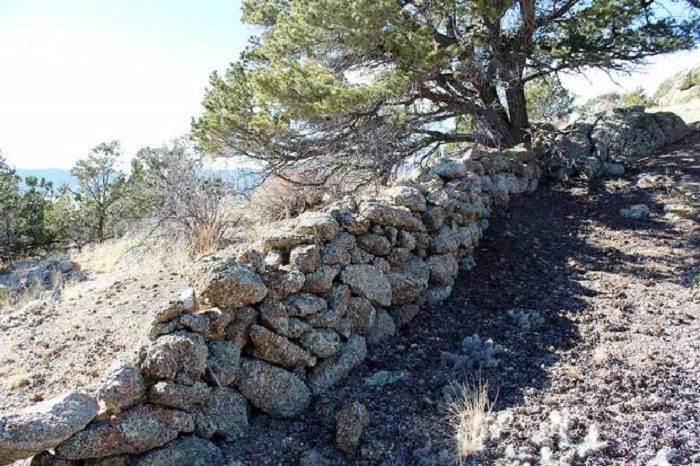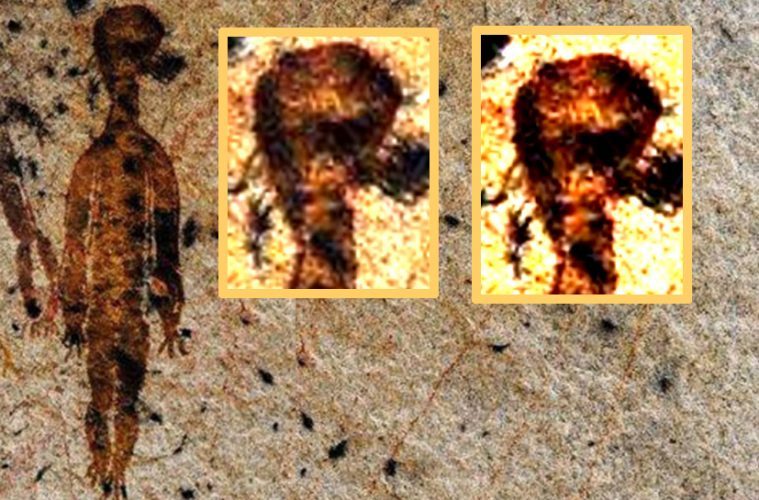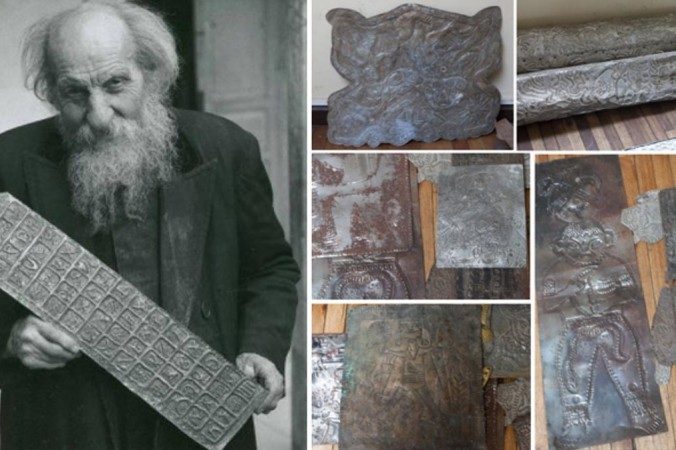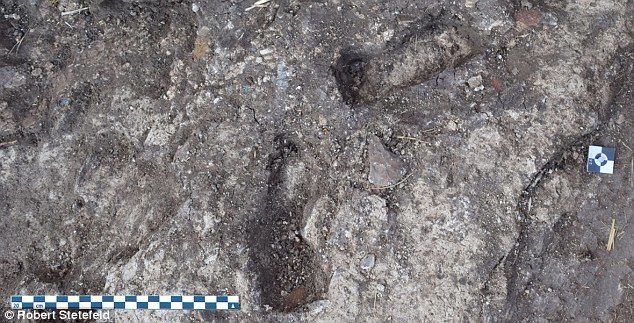OF THE
TIMES


"The findings suggest that humans in prehistoric times may have seen or imagined beings from other planets which still create curiosity among people and researchers. Extensive research is needed for further findings. Chhattisgarh presently doesn't have any such expert who could give clarity on the subject. The paintings are done in natural colours that have hardly faded despite the years. The strangely carved figures are seen holding weapon-like objects and do not have clear features. The nose and mouth are missing, and in a few pictures they are even shown wearing spacesuits. We can't refuse the possibility of imagination by prehistoric men but humans usually fancy such things." - JR Bhagat (source)
"He marshals convincing evidence that the deep state is partly institutionalized in non-accountable intelligence agencies like the CIA and NSA, but it also includes private corporations like Booz Allen Hamilton and SAIC, to which 70 percent of intelligence budgets are outsourced. Behind these public and private institutions is the traditional influence of Wall Street bankers and lawyers, allied with international oil companies beyond the reach of domestic law." [Source]


The last week of January holds special significance for Cubans, and indeed for the progressive men and women around the world. This year, January 25 marks the second month since the passing of Fidel Castro (who can forget November 25, 2016?). On January 28, which marks José Marti's day of birth, Cubans pay a special tribute to his legacy.On December 27, 2016, the Cuban National Assembly of People's Power held a debate on how to legislate the will of Fidel to reject any tendency toward the "cult of personality." The law expressly bans the use of Fidel's name "to denominate institutions, plazas, parks, streets, avenues and other public places, as well as any type of decoration, recognition or honorary title."
Comment: For more on ancient art depicting extraterrestrials and UFO's.